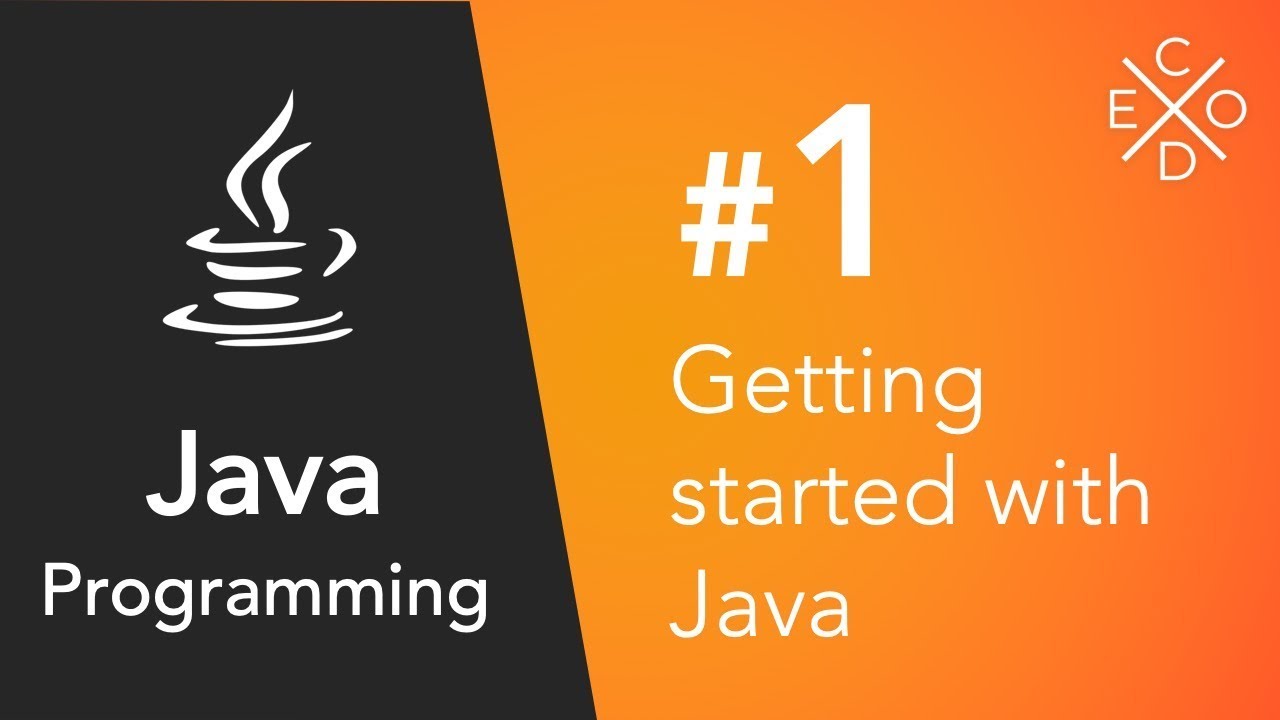Getting Started with Java: Creating Your First Program
 khushnuma
khushnuma
Welcome to the exciting world of Java programming! Whether you're a complete beginner or have some experience in programming, this guide will walk you through creating your first Java program step by step. By the end of this tutorial, you'll have a solid understanding of the basic concepts and be well on your way to writing more complex Java applications.
1. What is Java?
Java is a popular programming language developed by Sun Microsystems (now owned by Oracle). It is known for its platform independence, meaning that Java programs can run on any device that has a Java Virtual Machine (JVM) installed. This characteristic makes Java a versatile language used in a wide range of applications, from web development to mobile apps and enterprise software.
2. Setting Up Your Environment
Before we dive into writing code, you'll need to set up your development environment. The first step is to download and install the Java Development Kit (JDK) from the official Oracle website. The JDK includes the Java compiler (javac) and other tools needed to write and run Java programs.
Once the JDK is installed, you'll also need a text editor or an Integrated Development Environment (IDE) such as IntelliJ IDEA, Eclipse, or NetBeans to write your Java code. These IDEs provide helpful features like code completion, debugging tools, and project management.
3. Writing Your First Program
Now that your environment is set up, let's write your first Java program. Open your text editor or IDE and create a new file with a ".java" extension. This is where you'll write your Java code.
public class HelloWorld {
public static void main(String[] args) {
System.out.println("Hello, World!");
}
}
In this program, we've created a class named HelloWorld, which contains a single method named main. This method serves as the entry point of our program, where the execution begins. Inside the main method, we use the System.out.println statement to print the message "Hello, World!" to the console.
4. Compiling and Running Your Program
Once your Java program is written, you need to compile it into bytecode that the JVM can execute. Open your command prompt or terminal, navigate to the directory containing your Java file, and use the javac command to compile it.
javac HelloWorld.java
If there are no errors in your code, this command will generate a file named HelloWorld.class, which contains the bytecode for your program. Now, you can run your program using the java command.
java HelloWorld
You should see the message "Hello, World!" printed to the console.
5. Understanding the Code
Let's break down the code we've written:
public class HelloWorld: This line defines a class named HelloWorld. In Java, every program must have at least one class, and the name of the class must match the name of the file (with the ".java" extension).
public static void main(String[] args): This line declares the main method, which serves as the entry point of our program. The public keyword indicates that the method can be accessed from outside the class. The static keyword means that the method belongs to the class itself, rather than to any specific instance of the class. The void keyword indicates that the method does not return any value. The String[] args parameter allows us to pass command-line arguments to our program, although we're not using them in this example.
System.out.println("Hello, World!");: This line uses the System.out.println method to print the message "Hello, World!" to the console. The System.out object represents the standard output stream, and the println method prints a line of text followed by a newline character.
6. Conclusion
Congratulations! You've written and executed your first Java program. This is just the beginning of your journey into the world of Java programming. As you continue to learn, you'll discover more advanced concepts and techniques that will enable you to build powerful and sophisticated applications. Keep practicing, exploring, and experimenting, and don't hesitate to seek out additional resources and guidance along the way. Happy coding!
And remember, if you're looking for a Java course in Indore, Gwalior, Delhi, Noida, or any other city in India, there are plenty of options available to help you further your skills and knowledge in Java programming.
Subscribe to my newsletter
Read articles from khushnuma directly inside your inbox. Subscribe to the newsletter, and don't miss out.
Written by

khushnuma
khushnuma
I am a Digital Marketer and SEO Specialist; I enjoy technical and non-technical activity. I enjoy learning something new. My passion and urge to gain new insights into lifestyle,